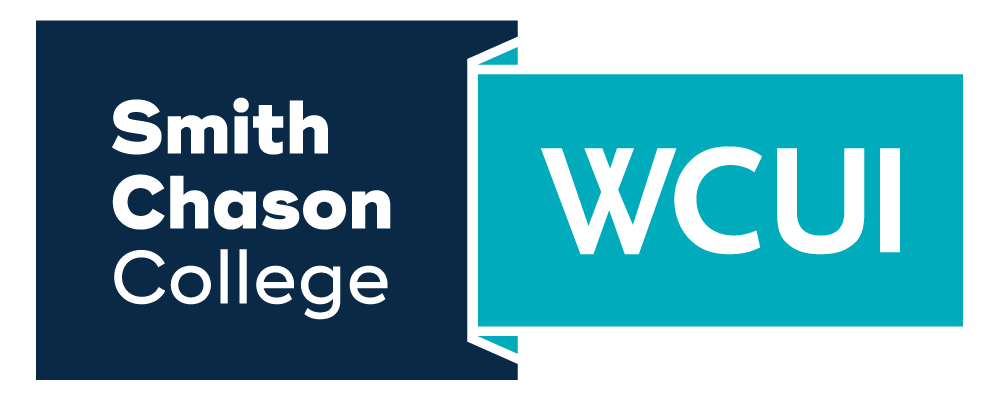The Future of Medical Imaging: Opportunities at Smith Chason College’s WCUI School of Medical Imaging
Medical imaging has advanced over the years, revolutionizing how we diagnose and treat medical conditions. But what does the future hold for medical imaging? How can you make the most out of medical imaging opportunities in the healthcare industry? Read on to find out.
What is Medical Imaging?
Medical imaging is a process of creating visual representations of the body’s anatomy for diagnostic and therapeutic purposes. It is a field of medicine that makes use of different techniques and technologies that allow experts to come up with a more accurate diagnosis of what is within the internal functions and structures of the body. This is achieved through various imaging techniques, like X-rays and ultrasound, helping detect and diagnose medical conditions and helping gather information to make accurate diagnoses and develop appropriate treatment plans for patients.
The Importance of Medical Imaging in Healthcare
The role of medical imaging in modern healthcare cannot be underestimated. It revolutionizes how we diagnose, treat, and monitor medical conditions in ways that were once impossible. Medical imaging technologies have significantly improved how healthcare is provided, offering diagnostic accuracy and taking patient care to the next level.
Medical imaging enables early detection and accurate diagnoses of diseases and injuries by visualizing and capturing images of organs, tissues, and bones. It gives a spotlight on the presence and location of tumors, fractures, infections, and other abnormalities early on. For example, mammograms can detect breast cancer in its early stages, leading to higher survival rates. They also help doctors determine the extent and severity of a disease or injury, ultimately improving patient outcomes and saving lives.
Medical imaging encourages minimally invasive procedures, assists in surgical planning, and allows for monitoring of treatment progress. It also greatly contributes to research and education, rendering itself necessary in future medical studies and the training of healthcare professionals.
The Future of Medical Imaging
With the help of technology, medical imaging has seen great improvement when it comes to accuracy and accessibility. As incredibly helpful as they are, traditional imaging techniques such as X-rays, CT scans, and MRI scans have now become even better, evolving to become faster, more detailed, and less invasive. For example, portable handheld ultrasound devices are now on the market, allowing for a more accessible alternative to ultrasound machines that can be used remotely.
The integration of artificial intelligence (AI) and machine learning is another significant development in medical imaging. AI allows algorithms to analyze medical images and assist professionals in detecting various conditions with higher accuracy. Newer imaging techniques can also identify specific genetic markers to narrow down the most effective treatment optimized for a particular patient. Overall, the field of medical imaging holds great potential and is filled with promising careers.
Career Opportunities in Medical Imaging
Does this information on the wonders of medical imaging pique your interest? Wondering what careers await you in the industry? We’ve compiled a list of career opportunities in medical imaging just for you:
- Radiologic Technologist: Radiologic technologists operate imaging equipment to capture images of the body for diagnostic purposes. They can also specialize in different modalities used in medical imaging.
- Radiologist: Radiologists are professionals who specialize in interpreting medical images. They work hand in hand with other healthcare experts to analyze imaging results.
- Sonographer: Sonographers specialize in using ultrasound technology to capture images of the body’s organs and tissues. They help in diagnosing various diseases and conditions, commonly in cardiology, obstetrics, and other specialties.
- Magnetic Resonance Imaging (MRI) Technologist: MRI technologists operate scanners to capture detailed images of the body’s internal structures. They work closely with the patients, correctly positioning them around machines, operating the scanner, and getting high-quality images. They also help in interpreting the images and provide information about the diagnosis.
These are just a few of the many career opportunities available in medical imaging. With an increasing demand for diagnostic imaging, the job prospects in this field are promising. Whatever specialization you choose, know that you will positively impact patients’ lives.
Overview of Smith Chason College WCUI School of Medical Imaging
Feeling inspired to pursue a career in medical imaging? You may want to explore career opportunities at Smith Chason College! Here is a quick overview of what we can offer here at Smith Chason:
What is the Smith Chason’s WCUI School of Medical Imaging?
Formerly known as West Coast Ultrasound Institute (WCUI), Smith Chason College now has two specialized colleges: Smith Chason College’s WCUI School of Medical Imaging and Smith Chason School of Nursing. At Smith Chason, we offer degree and diploma programs. These programs are designed to help students prepare for entry-level careers in sonography and MRI. Our programs are offered at four convenient campuses in Los Angeles, California, Ontario, California, Phoenix, Arizona, and our newest campus in San Marcos, California.
Programs Offered at Smith Chason College
- Bachelor Programs
- Associate Programs
- Diploma Programs
Secure Your Education with Smith Chason College WCUI School of Medical Imaging!
At Smith Chason College, aspiring experts in the field of medical imaging can gain the necessary skills and knowledge to thrive in this important, ever-evolving industry. Contact us to learn more about how you can begin your educational journey in medical imaging!
Commonly Asked Questions about Medical Imaging
What are the five types of medical imaging?
There are five types of medical imaging, namely:
- Ultrasound
- X-Rays
- Magnetic Resonance Imaging (MRI)
- Computed Tomography (C.T.)
- Nuclear Medicine
Is Medical Imaging a hard major?
It can be challenging. You must have ample knowledge of the human body and how to work imaging equipment. In the program, you’ll learn things like medical terms and radiologic science.
Is Medical Imaging harder than nursing?
The premise may be misleading because nursing and radiology have different challenges unique to their respective fields. Nursing requires a broad knowledge base and extensive clinical experience, while radiology focuses on imaging technologies and radiation safety.
